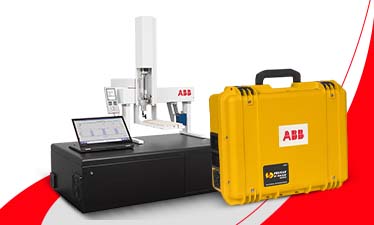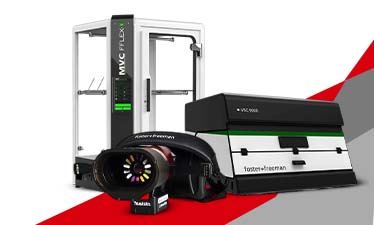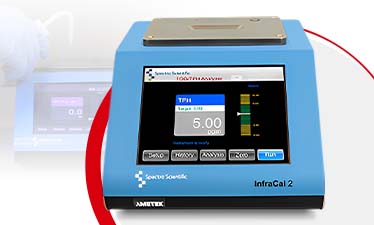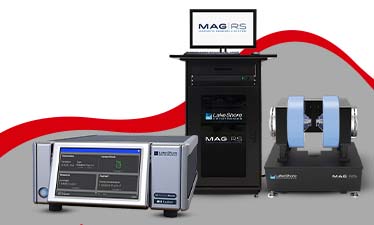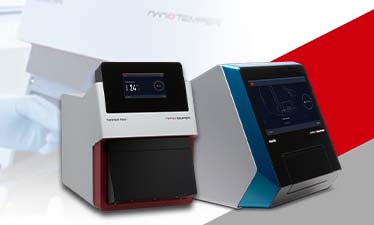A Quick Guide to Understand Fingerprint Analysis
Fingerprints are all around us as we can find it practically on any solid surface even on the human body. The forensic experts categorize the fingerprints under three categories based on the type of surface on which they are found and on their visibility as well.
The fingerprints that are found on soft surfaces such as soap, wax, fresh caulk, wet paint, etc. tend to be three-dimensional plastic prints and those on hard surfaces are either patent i.e. visible prints or latent meaning invisible prints. Visible prints are generated when blood, paint, ink, dirt, etc. are transferred from a thumb or finger onto a surface.
In this guide you will learn more about fingerprints and their analysis. Continue to read till the end to find out all.
Latent vs Patent Fingerprints
Patent fingerprints are those that are visible and can be detected without any need of a comprehensive developing process. These are formed when blood, paint, ink, dirt, etc. are transferred from a thumb or finger onto a surface.
Patent prints can be retrieved and seen on a wide variety of surfaces rough or smooth, porous such as cloth, paper or wood or non-porous such as plastic, metal and glass.
Latent fingerprints on the other hand are invisible prints and are formed when the body’s sweat and natural oils on the skin are accumulated over another surface. These prints are found on a vast range of surfaces. But they are not immediately visible and their detection most probably needs utilizing fingerprint powders, alternate light source or chemical reagents.
Typically, the more the surface is smoother and less porous, the more the chances of any latent prints present on it can be found, developed and identified.
Collecting the Fingerprints
Patent Prints
There is a very straightforward method when it comes to the collection of patent fingerprints. Generally, photography is the fingerprint collecting method used. With the use of a high resolution device the photographs are taken.
The instrument used is equipped with a forensic measurement scale in the image for the purpose of reference. Experts are able to enhance the quality of the photographs by using alternate light sources or low angle and/or application of certain chemicals or dyes during the development of photographs.
Latent Prints
Latent fingerprints are collected by using a range of methods. One of the most used and conventional methods involve dusting a nonporous or smooth surface with fingerprint powder. If the prints emerge after dusting then the photographs are taken and then retrieved from the surface using a clear adhesive tape. The lifted tape is placed over the latent lift card for preserving the fingerprint.
However, this method has a high risk of contaminating the fingerprint evidence. This is why experts utilize other collection methods such as Alternate Light Source or Application of Cyanoacrylate before the use of fingerprint powders on them.
If you are looking for expert fingerprint developing instruments then there are more advanced technologies available in the market.




